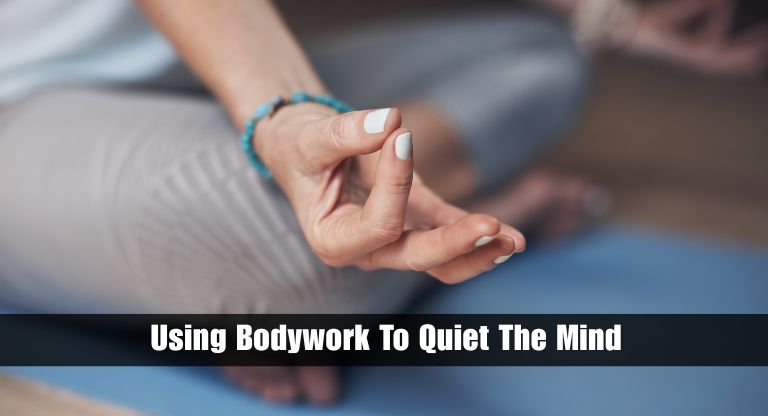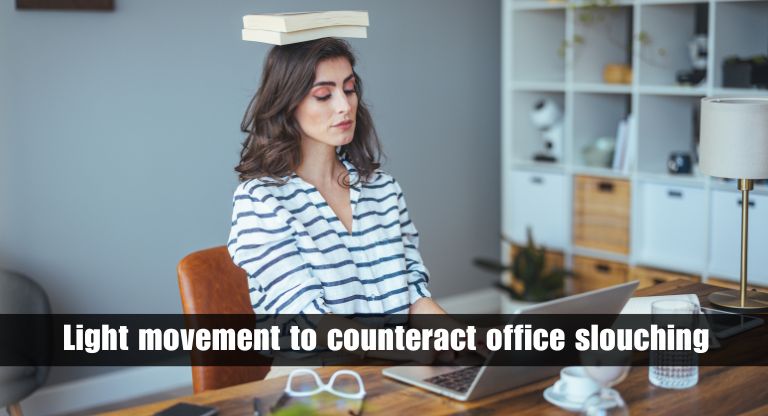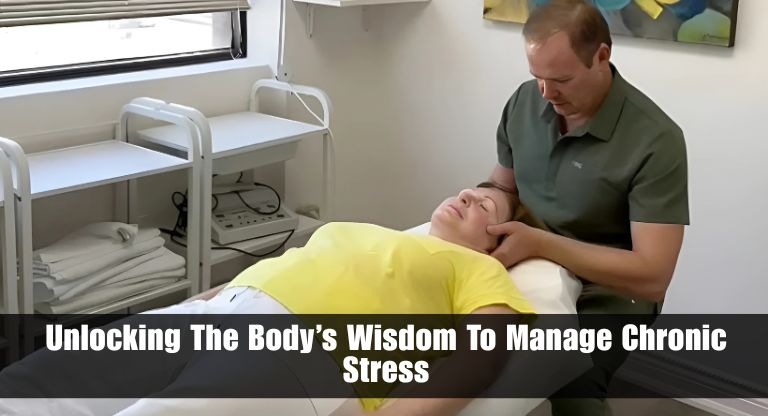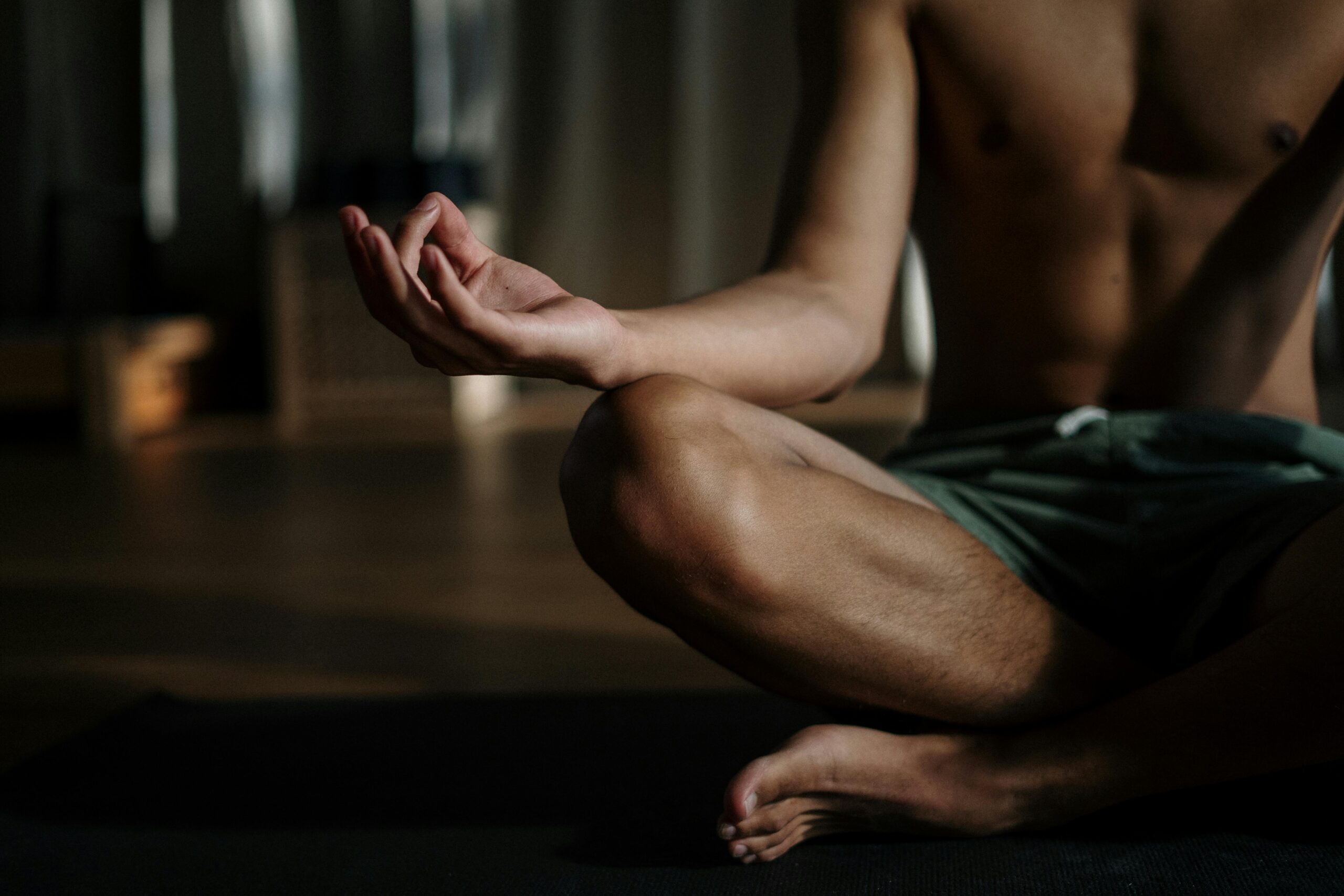Body-Oriented Therapy for Stress: Unlocking the Mind-Body Connection for Lasting Relief

Stress is something that has become an unavoidable part of modern life, this has affected millions of people in the globe. Problems such as excessive work pressures and financial challenges, personal relationships, and health issues have added a layer of different forms of stress on the modern-day man.
In older days talk therapy and medication have worked well, today body-oriented therapy is emerging as a powerful and better alternative that addresses the deep connection between the mind and body. Here article we talk about how body-oriented therapy works, The benefits of it, and how it can unlock long-lasting relief from stress.
What is Body-Oriented Therapy?
Body-oriented therapy is one of the very few holistic therapeutic approaches that help us to make the body-mind connection in the treatment of emotional and psychological issues. This is different from classical therapy, which focuses mainly on thinking and feelings through conversation, In body-oriented therapy we perform techniques such as physical movement, breathwork, or awareness of bodily sensations to release stored tension and trauma.
Key Principles of Body-Oriented Therapy:
The Mind-Body Connection – The theory behind the somatic healing is that stress and trauma are stored in the body, this later shows in the body as physical symptoms such as muscle tension, headaches, and digestive issues.
Body Awareness – If we become more aware of our bodily sensations and reactions, we can process and release stress more effectively.
Emotional Regulation Through Movement – Even the simplest and the Gentlest of exercises and movements can help us regulate the nervous system and hence calm the body’s stress and response.
Releasing Tension – If we want to perform emotional healing we can do this through body-focused techniques, thus we can release the trapped emotions and physical tension.

How Body-Oriented Therapy Works
Body-oriented therapy combines psychological and physical techniques to create a holistic healing process.
1. Somatic Awareness
For getting somatic awareness Therapists guide the clients to tune into their body’s sensations, this can involve methods such as muscle tightness, breathing patterns, or heart rate. This is very helpful in identifying how stress is physically stored in the body.
2. Movement and Expression
One can get engaged in gentle stretchings, like doing yoga movements or doing shaking exercises, thus the tension can be released. The stress can also be discharged by sound or movements.
3. Breathwork and Grounding Controlled breathing
Exercises help calm the nervous system and bring the body into a state of relaxation. Grounding techniques, like sensing the feet on the ground or concentrating on bodily sensations, reinforce a sense of safety and stability
4. Touch and Massage Some forms of body-oriented therapy
Involve a light touch or a massage by the therapist to help release muscle tension and, possibly, pave the way for emotional release
5. Mindfulness and Reflection During therapy sessions, post physical release
Therapists will often ask their clients to take a few moments to observe the emotional shifts and insights they have gathered. This helps assimilate the process of healing into day-to-day life.
Types of Body-Oriented Therapy
Somatic Experiencing (SE)
This technique was Developed by Dr. Peter Levine, here we focus on resolving trauma by guiding ourselves to process bodily sensations and restore balance in the nervous system.
This is Best for: Trauma, PTSD, and also chronic stress
Bioenergetics
This technique was developed by Alexander Lowen, here we involve ourselves with breathing exercises, stretching, and other expressive movements to release the tension that is being stored in the body.
This is Best for: Releasing deep emotional blockages and enhancing energy flow
Feldenkrais Method
Here we perform gentle movements which helps us to improve body awareness and coordination.
This is Best for: Chronic pain, tension, and stress-related body misalignment
TRE (Tension and Trauma Releasing Exercises)
In this method, we involve ourselves in specific exercises that trigger neurogenic tremors which release deep muscular tension and calm the nervous system.
This is Best for: Reducing anxiety and physical tension
Dance and Movement Therapy
In this exercise we do nothing but Encourage our emotional expression through dance and movement, this helps us to process and release stored emotional energy.
This is Best for: Emotional release, improving mood, and reducing stress

Benefits of Body-Oriented Therapy for Stress Relief
Body-oriented therapy provides multiple benefits that go beyond traditional stress management techniques:
1. Reduced Physical Tension
Chronic stress mostly makes our muscles tight and gives us pain. Body-oriented techniques help our body to release this physical tension, leading to greater comfort and mobility.
2. Enhanced Emotional Regulation
In body-oriented therapy when we connect our physical sensations with our emotional experiences, this helps us to better understand and manage their emotional responses.
3. Improved Nervous System Function
when we undergo Techniques like breathwork and grounding, we activate our parasympathetic nervous system (responsible for relaxation) this helps us to reduce the “fight or flight” response.
4. Increased Mindfulness and Awareness
When we undergo a body and mind connection through these techniques we become in tune with our mind, and we become not only aware of the surroundings but also our inner mental state, this way we achieve mind fullness.
Thus by performing body-oriented therapy, we connect our brain to our mind, thus creating a sense of bliss and mindfulness. These techniques are not very complex but can be done simply with something as simple as doing breathing exercises. This is a very beneficial and effective l way of reducing stress and anxiety









